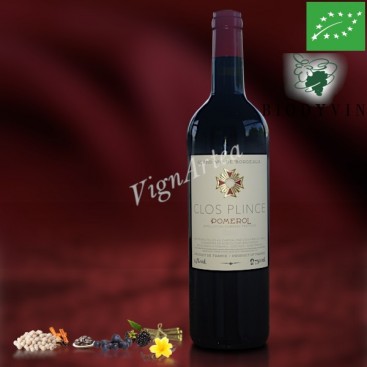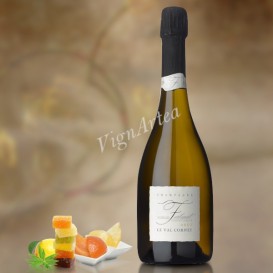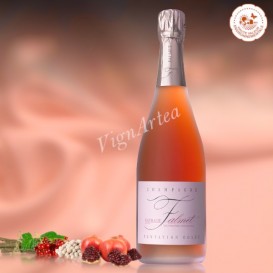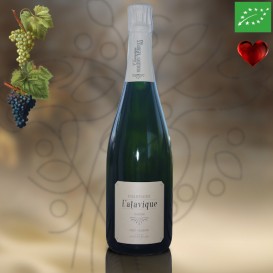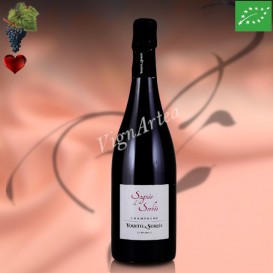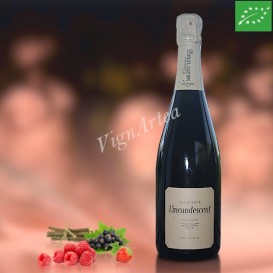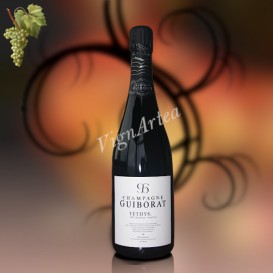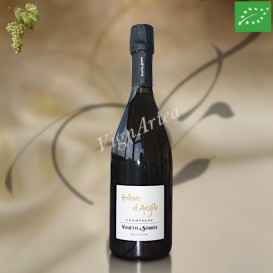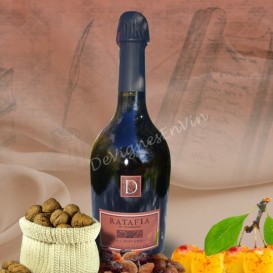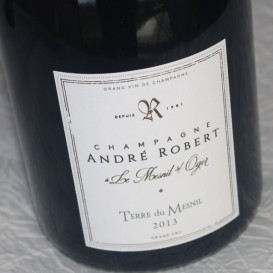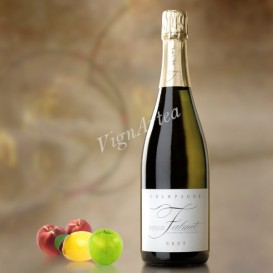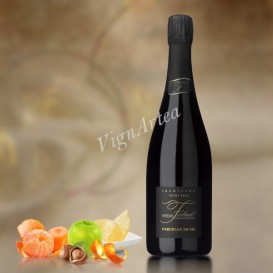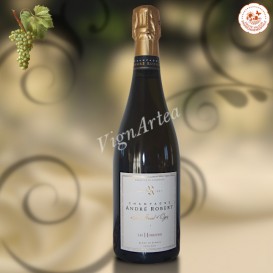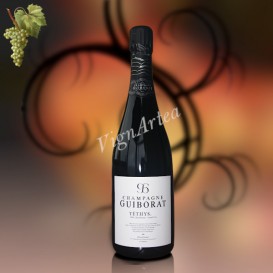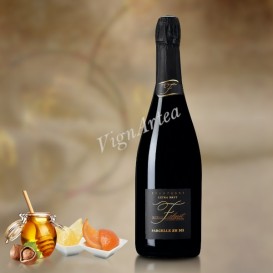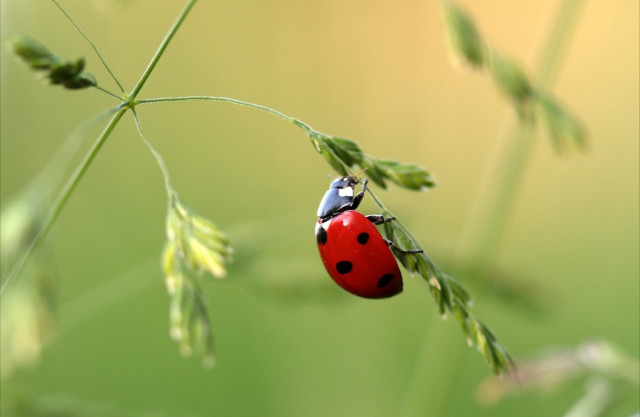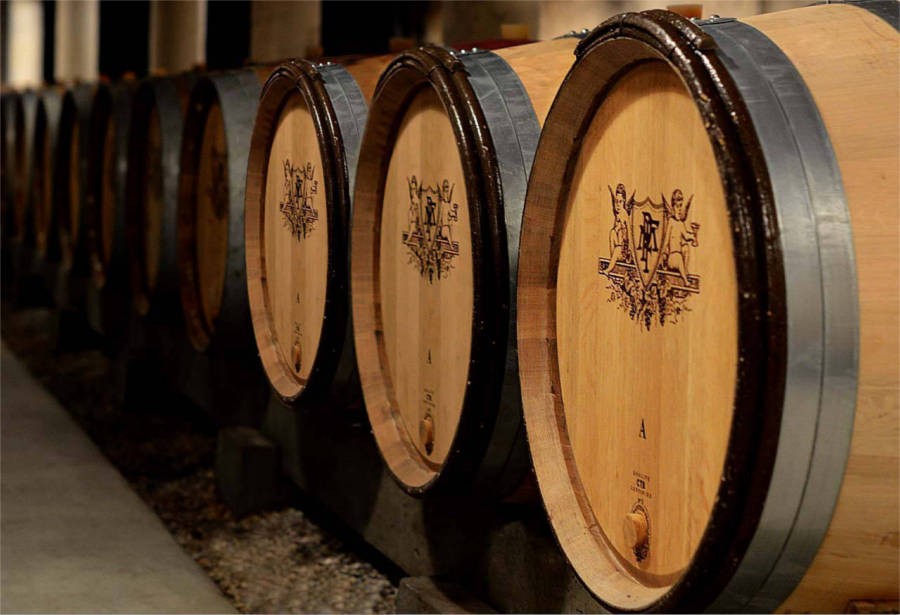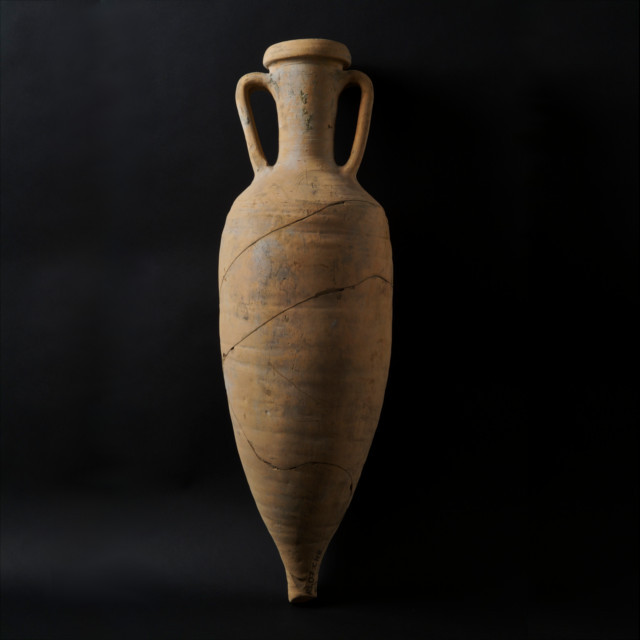CLOS PLINCE 2018 (Château Gombaude-Guillot)
BORDEAUX - AOP POMEROL - RED WINE
Grape varieties: Merlot (80%) - Cabernet Franc (20%)
Biodynamics Native yeasts
Ageing in amphorae (2/3) and new oak barrels (1/3) for 12 months
DIAM10© cork stopper
- Nose: generous and open. Vanilla notes which black fruits, sweet spices and a hint of liquorice and coffee.
- Palate: full-bodied with fine tanins.
Tasting date: November 2020
OUR OPINION: fruity - full-bodied. The 2018 vintage of the Clos Plince is more robust than the previous one, I advise to let it age a little more in the cellar, failing that to decant it a few hours before serving.
Limited quantities, only 1200 bottles produced by the estate.
DESCRIPTION
CLOS PLINCE is the name of a small plot of barely 1 hectare, planted 'en foule' in 1902, that is to say with the vines not aligned and in no apparent order. There are still a few hundred-year-old vines among the young vines recently planted on the plot.
TERROIR
It was mainly in the Quaternary, during the last cold periods corresponding to the Mindel, Riss and Würm glaciations, that the current Pomerol's landscape was shaped.
In the Pleistocene, 78 thousand years ago, the region's rivers flow together and build coarse alluvial terraces made up of sands, gravel and large pebbles and whose Rissian level constitutes the first meters of the Clos Plince plot's soil. Just below is the marly substrate dating from the Rupelian (Lower Oligocene of -30 million years ago), whose green clays have sedimented under a calm and shallow sea.
The two Oligocene / Pleistocene geological layers are separated by a ferruginous crust typical of the Pomerol vineyard, locally called Crasse de Fer, and that is a precious nutrients source for the vine.
The sandy surface, mixed with pebbles, provides a naturally warmer soil than those of the Pomerol plateau. The grapes maturity is earlier than anywhere else.
WINEGROWING & WINEMAKING
The grapes have been grown according to the Organic Farming principles since 1997 and according to the biodynamic principles.
The harvest is manual and takes place in two passages : the Merlot grapes are picked first, then the Cabernet grapes are harvested a few time later.
The grapes then ferment in temperature-controlled tanks with the native yeasts. The maceration period as well as the punching down or pumping-over actions are determined vat by vat, depending on the needs.
After the skin maceration phase, the musts are racked and placed in two different containers in which they continue their malolactic fermentation and begin their 12-month ageing phase : two-thirds of the must is matured in terracotta jars, while the remaining third is done in new barrels.
At the end of ageing phase, the must is drawn off and fined with organic egg whites. The sulphites use is reduced to the strict minimum necessary to ensure a good preservation of the wines.
The bottle is sealed with a DIAM10® cork stopper which guarantees the absence of TCA contamination of the wine (or cork taste)
| Country | Bordeaux |
| Color | Red |
| Orange wines | No |
| Clay amphorae wines | Yes |
| Type | Dry |
| Vintage | 2018 |
| Capacity | 75 cl |
| Variety | Merlot (80%), Cabernet Franc (20%). |
| Single Grape Variety | Merlot |
| Alcohol rate | 14 % |
| Quality Designation | Pomerol |
| Cellar Potential | 20 years |
| Service advise | 17°C (63°F). Decant 1h before serving |
| Culture Methods | Biodynamic |
| Fining | Yes |
| Filtering | No |
| Comments | Fermentation in concrete tanks. Ageing in clay amphorae (2/3) and in new oak barrels (1/3) for 12 months. Anti-TCA DIAM® cork stopper. |

